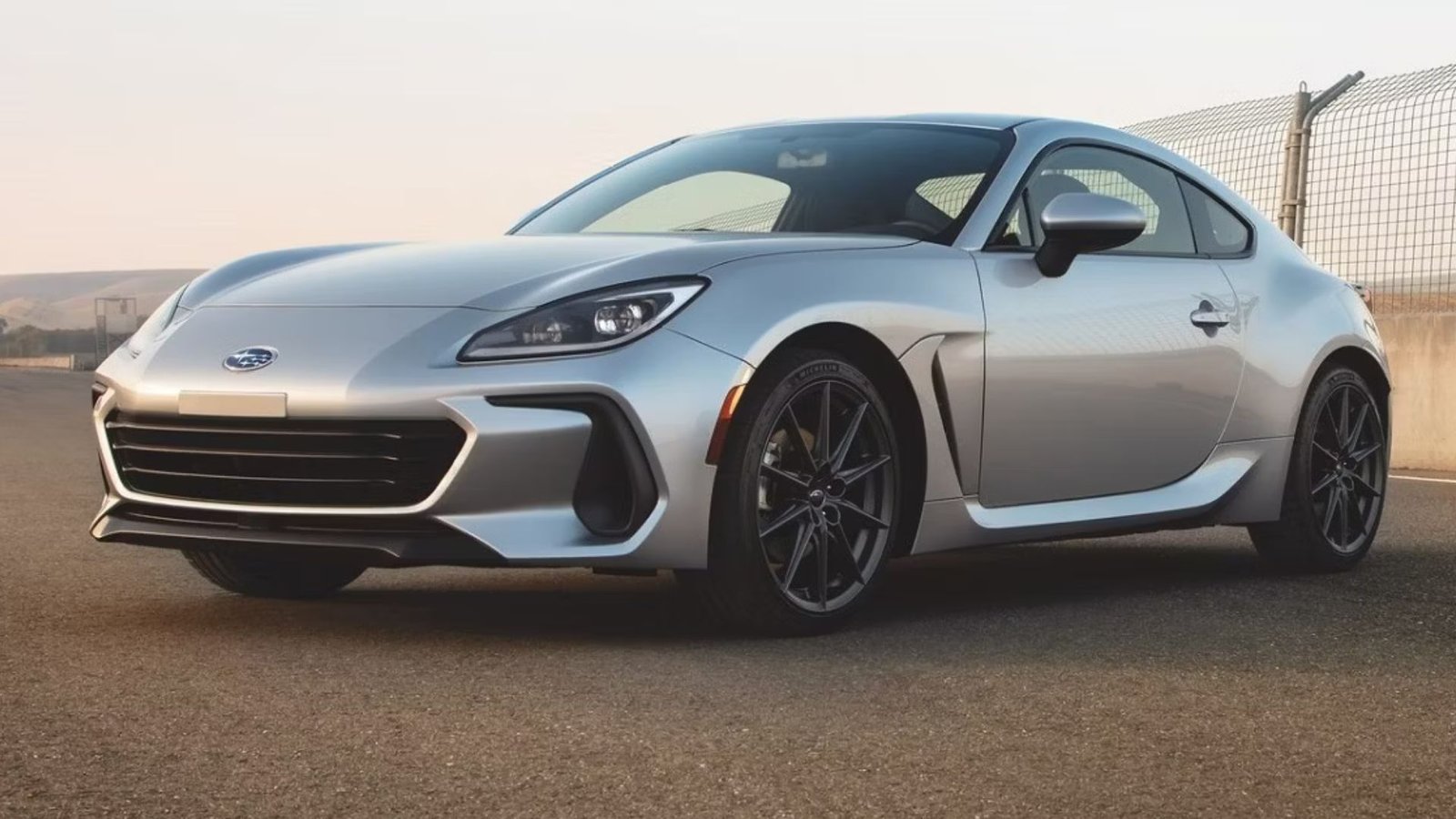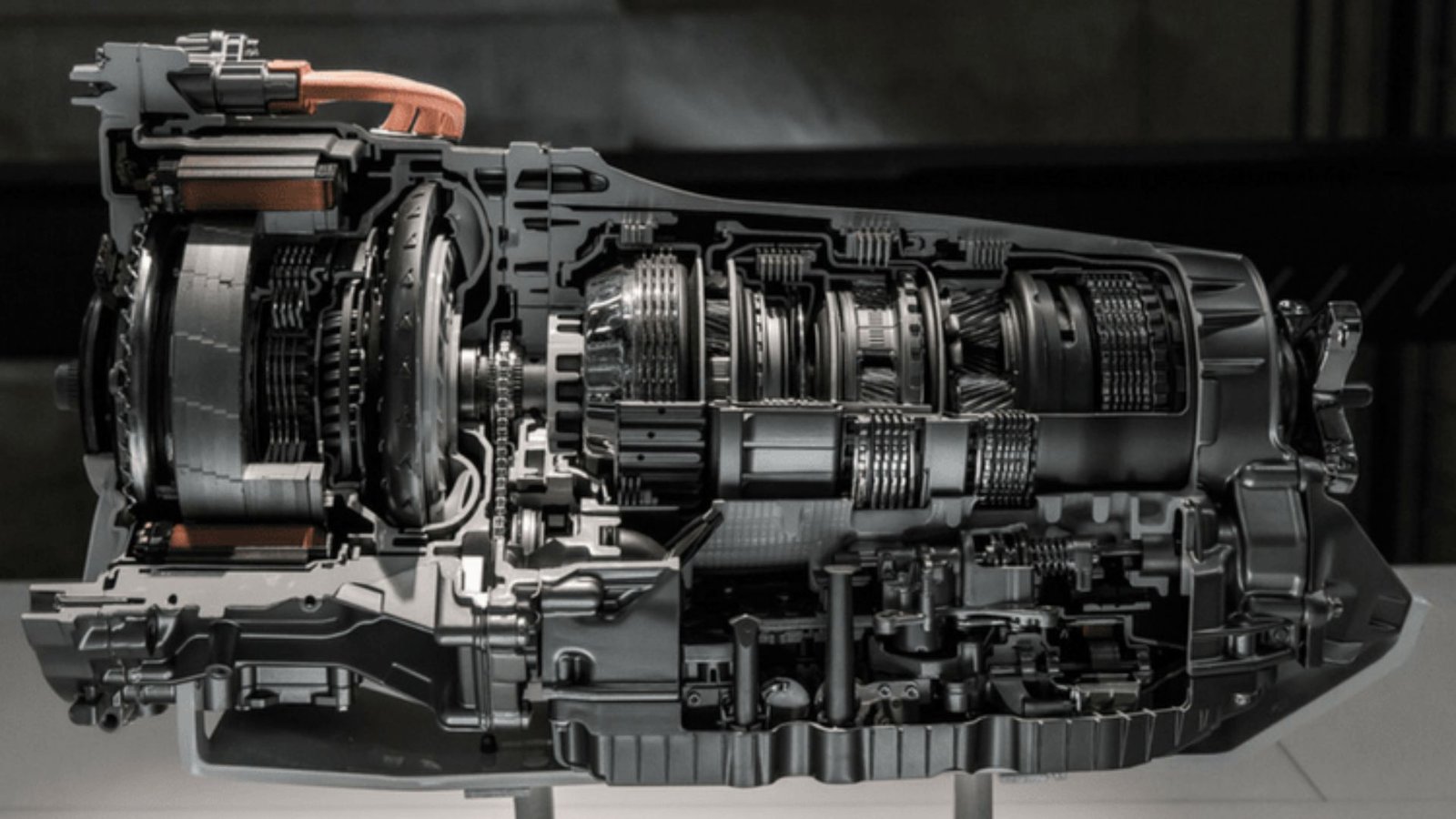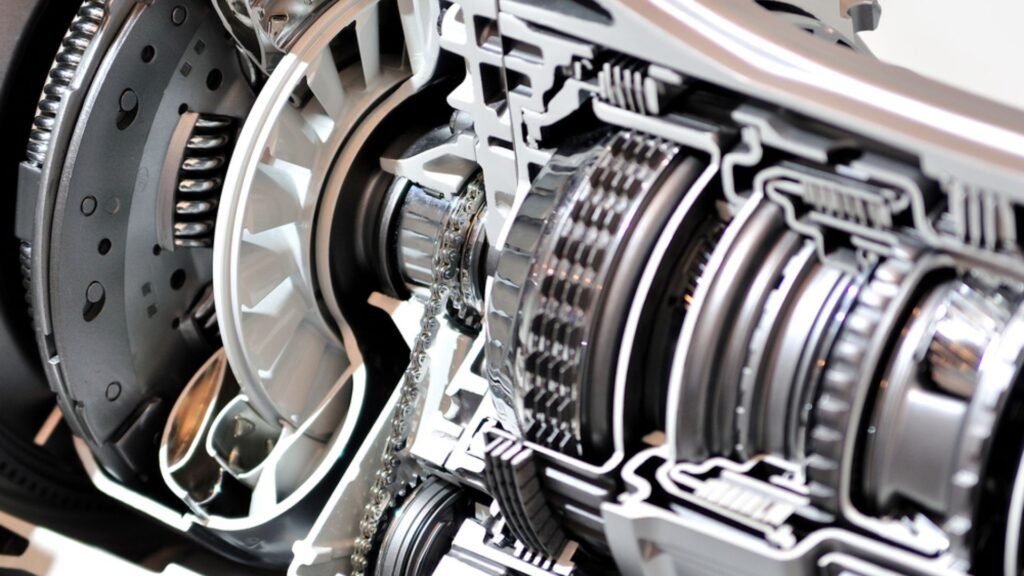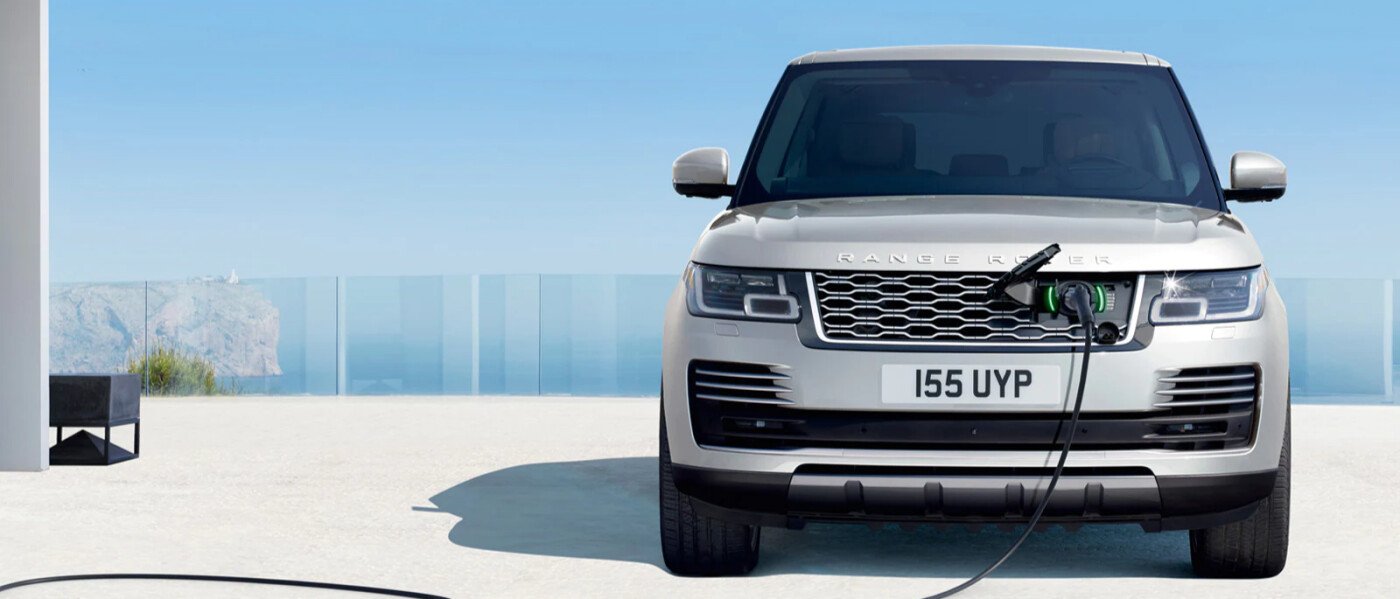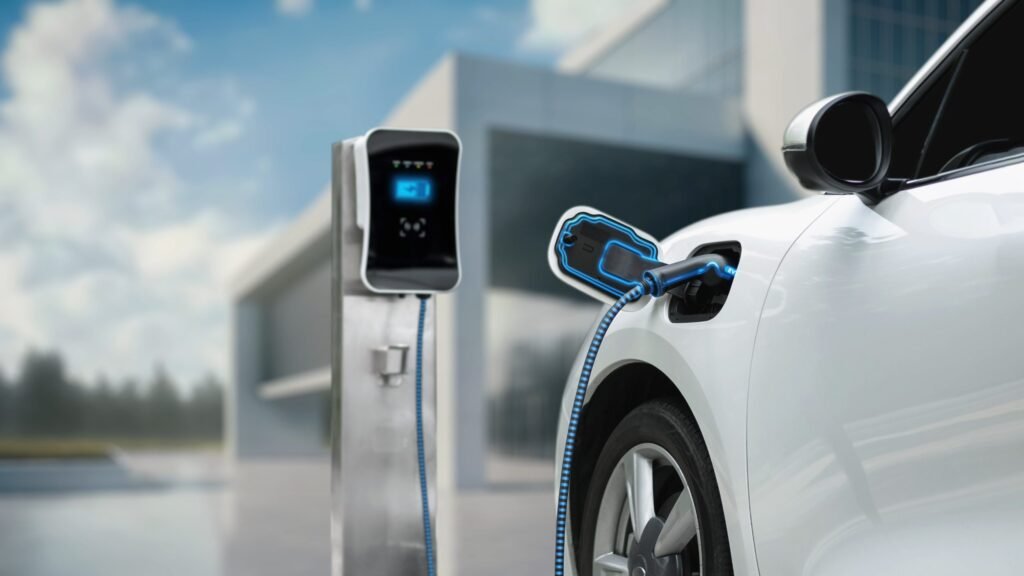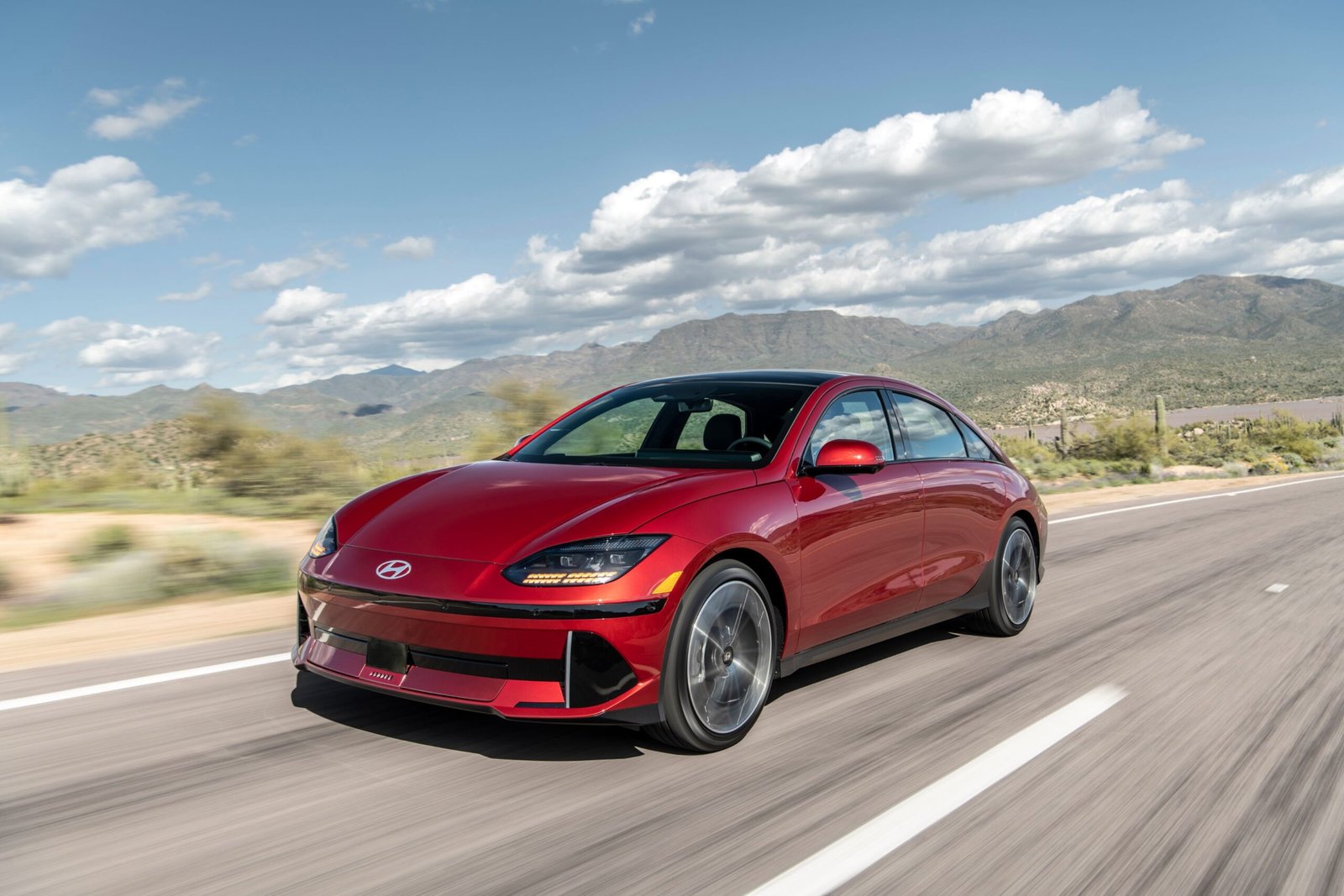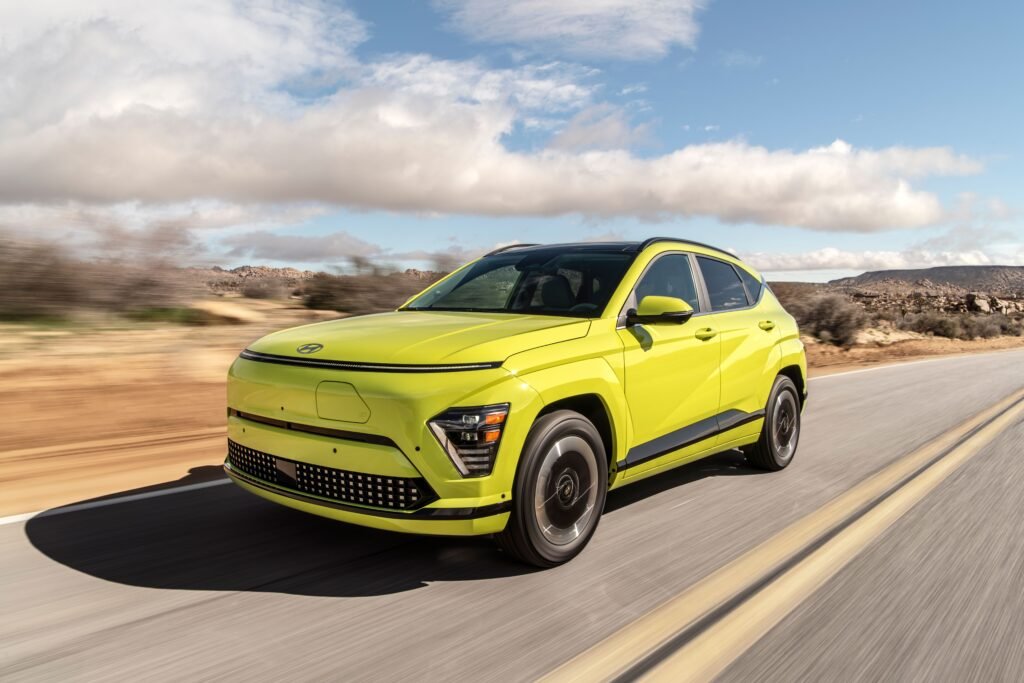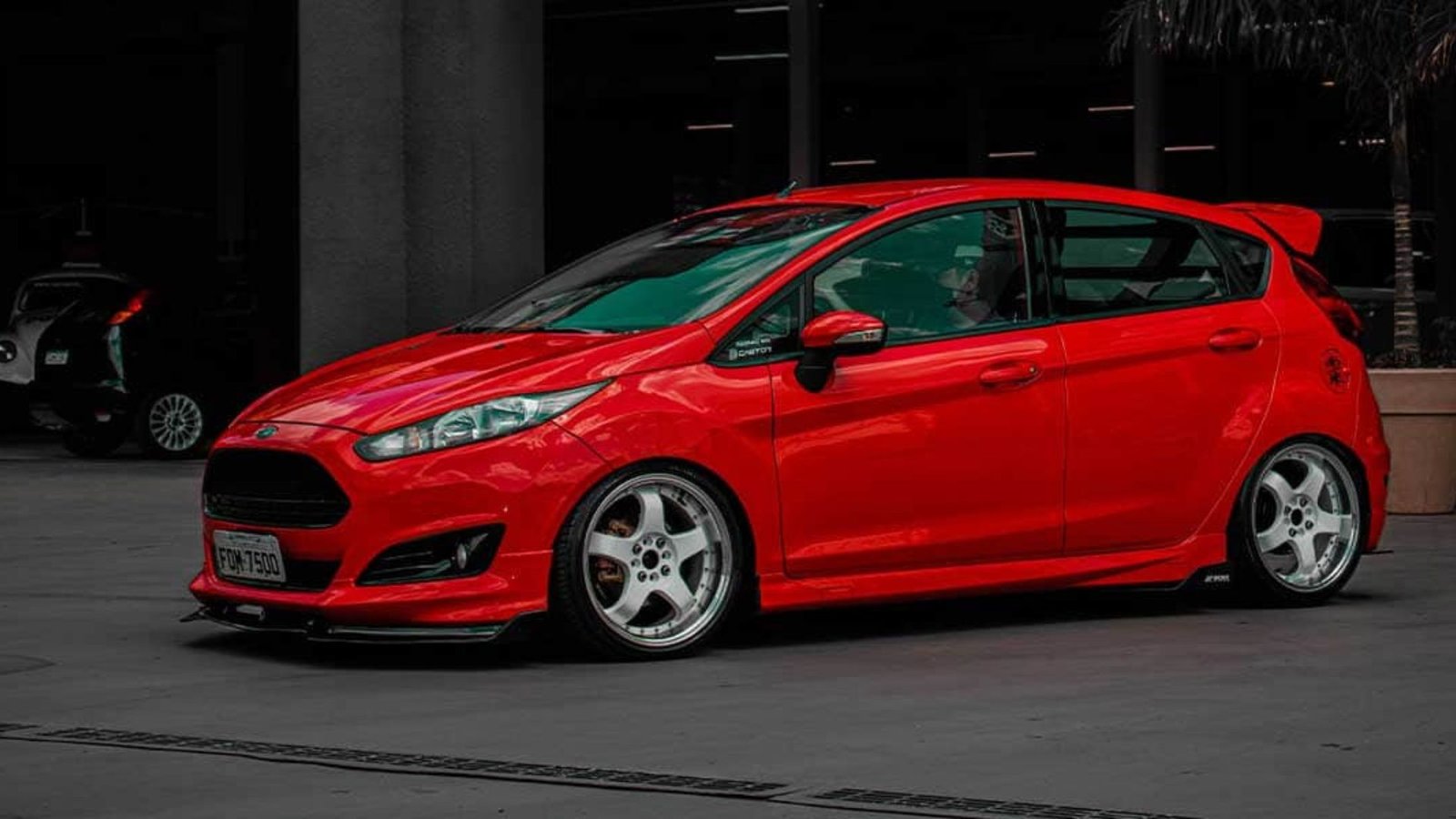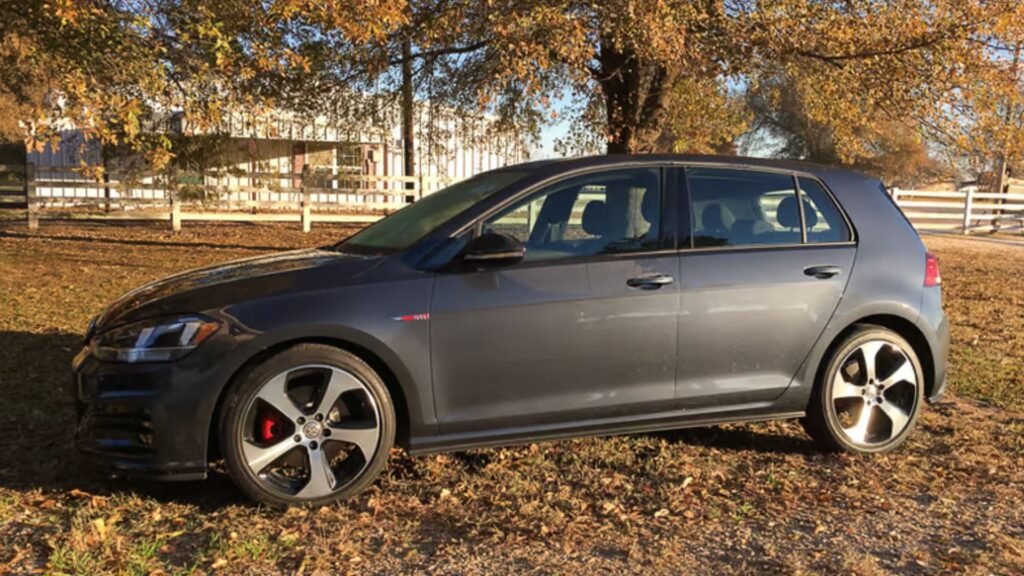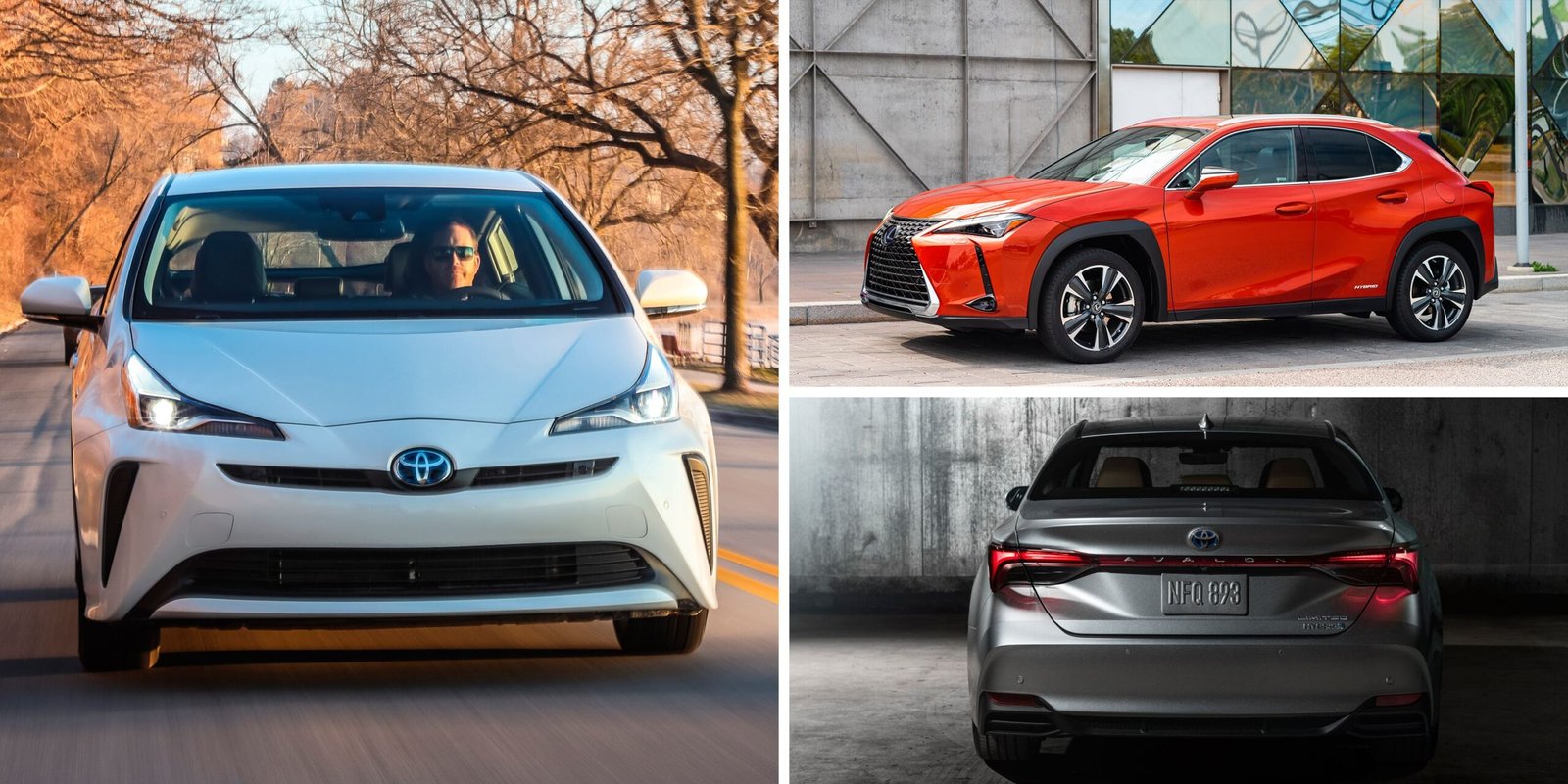Best Manual Cars with Great Resale Value
If you’re considering purchasing a manual car and want to ensure you make a smart investment, it’s crucial to choose one with great resale value. Manual cars can be an excellent choice for driving enthusiasts, and selecting the right model can maximize your return when it’s time to sell. In this guide, we’ll share tips on identifying the best manual cars with great resale value, helping you make an informed decision.
Why Resale Value Matters
When buying a manual car, one of the key factors to consider is its resale value. Manual cars with great resale value not only hold their worth better but also offer a more favorable return on investment. Resale value is influenced by factors such as demand, reliability, and brand reputation. Opting for a car known for retaining its value can make a significant difference when you’re ready to upgrade or sell.
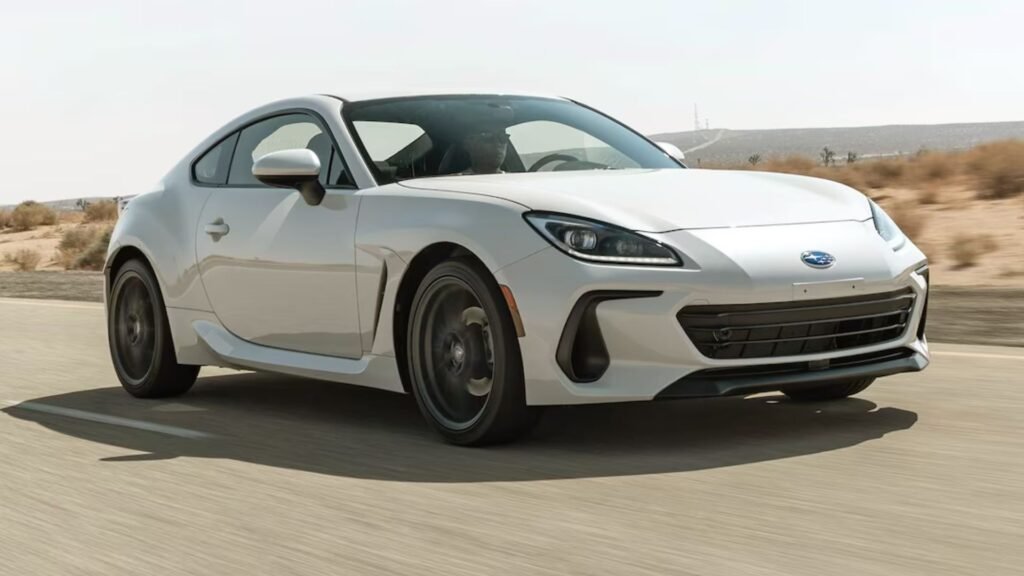
1. Choose a Popular Brand
Brands that have a strong reputation for reliability and performance often see their manual cars maintain higher resale values. For example, cars from brands like Honda, Toyota, and Mazda are well-regarded for their durability and resale potential. Manual cars with great resale value often come from these reputable manufacturers.
2. Look for Limited Editions or Special Models
Limited edition or special models can have higher resale values due to their rarity and unique features. For instance, the Subaru WRX STI and the Ford Mustang GT offer special trims that are highly sought after. These cars, with their limited production runs and enhanced features, tend to hold their value well in the used car market.
3. Consider Models with Strong Enthusiast Following
Cars that have a dedicated fan base and are popular among driving enthusiasts often enjoy better resale values. The Volkswagen GTI, for example, has a strong following among car enthusiasts, which helps maintain its value. Manual cars with great resale value frequently come from models known for their driving dynamics and enthusiast appeal.
4. Opt for Reliable and Low-Maintenance Models
Reliability and low maintenance costs are critical factors that influence resale value. Models like the Honda Civic Si and the Toyota Corolla SE are known for their dependability and affordable upkeep. These characteristics make them attractive to used car buyers, ensuring they retain good resale value.
5. Evaluate the Car’s Overall Condition
A well-maintained car will always fetch a higher price when resold. Regular maintenance and proper care of your manual car can significantly impact its resale value. Keeping detailed service records and ensuring the car is in excellent condition can make a big difference when it’s time to sell.
6. Look for Popular Body Styles
Certain body styles tend to hold their value better than others. For instance, sports coupes and hatchbacks often enjoy better resale values compared to other types. The Mazda MX-5 Miata, a popular sports car with a manual transmission, is a prime example of a model that holds its value well due to its sought-after design and driving experience.
7. Choose Models with Low Production Volumes
Cars that were produced in limited numbers or have unique features tend to retain their value better. Limited production runs or unique configurations can make a car more desirable in the used car market. This exclusivity helps boost the resale value of manual cars with great resale value.
8. Consider High-Performance Models
High-performance manual cars, like the Ford Mustang Shelby GT350 or the Porsche 911 Carrera, often have strong resale values. Their performance credentials and desirability among driving enthusiasts make them valuable assets. High-performance models are sought after, which helps them maintain their value over time.
9. Research Market Trends
Before purchasing, research current market trends to understand which manual cars are in demand. Websites like Kelley Blue Book and Edmunds can provide insights into the current market and help you identify manual cars with great resale value. Staying informed about market trends can guide you toward models with higher resale potential.
10. Check Historical Resale Data
Looking at historical resale data can give you an idea of how well a particular model holds its value. Models with consistent performance in resale value over the years are likely to be a good investment. Reviewing past trends can help you make a more informed decision when selecting your manual car.
Conclusion
Choosing the best manual cars with great resale value involves considering factors like brand reputation, model popularity, and overall condition. By opting for models from reputable brands, looking for limited editions, and maintaining your car well, you can maximize your investment. Remember to stay informed about market trends and historical data to ensure you select a car that will offer the best return when it’s time to sell. With these tips, you’ll be well-equipped to make a smart choice for your manual car purchase.

